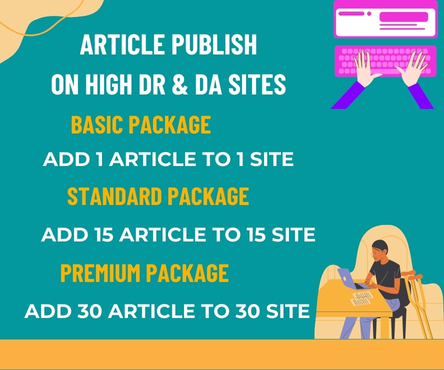When accidents occur, determining responsibility is a complex process. A personal injury lawyer plays a crucial role in navigating this complexity by proving negligence. Understanding how these legal professionals establish fault is essential for anyone seeking justice and fair compensation after an incident. For more details, please visit Louisville Personal Injury Lawyer
Understanding Negligence in Legal Cases
Negligence refers to a failure to exercise reasonable care, resulting in harm to another person. To prove negligence, specific elements must be established. These include the duty of care owed by one party to another, a breach of that duty, a direct cause linking the breach to the injury, and actual damages suffered by the victim. Personal injury lawyers are experts in identifying and presenting evidence for each of these elements.
Gathering and Analyzing Evidence
One of the key responsibilities of a personal injury lawyer is collecting evidence that supports the claim of negligence. This can involve obtaining police reports, medical records, witness statements, and expert testimonies. By thoroughly examining this information, lawyers build a strong case that demonstrates how the opposing party failed to act responsibly.
In many cases, evidence is not immediately clear or easy to obtain. A lawyer’s experience and resources are vital in uncovering facts that might otherwise remain hidden. This careful investigation helps establish a clear link between the negligent action and the harm caused.
Demonstrating Duty and Breach
A crucial part of proving negligence is showing that the party had a legal duty to act with care. For example, drivers must follow traffic laws, property owners must maintain safe premises, and professionals must adhere to industry standards. A personal injury lawyer identifies the relevant duty based on the circumstances.
Once the duty is established, the lawyer must prove that it was breached. This means showing that the responsible party’s behavior fell below the expected standard. Whether it is distracted driving, failing to repair dangerous conditions, or providing substandard services, proving breach is essential to holding the party accountable.
Linking Actions to Injuries
It is not enough to show that someone acted carelessly. There must be a clear cause-and-effect relationship between the negligent behavior and the injury suffered. A personal injury lawyer carefully connects these dots by demonstrating how the breach directly resulted in physical, emotional, or financial harm.
This step often involves consulting with medical professionals or other experts to explain the nature of the injury and its connection to the incident. By clearly establishing this link, the lawyer strengthens the case for compensation.
Advocating for Fair Compensation
After proving negligence, the personal injury lawyer advocates for the victim’s rights. They negotiate with opposing parties, prepare legal documents, and represent clients in court if necessary. The goal is to ensure that the injured party receives appropriate compensation for medical expenses, lost wages, pain, and suffering.
Throughout this process, the lawyer’s expertise in legal procedures and negotiation strategies is invaluable. They provide guidance and support, helping clients make informed decisions and pursue the best possible outcome.
Conclusion
The role of a personal injury lawyer in proving negligence is multifaceted and essential. From gathering evidence to demonstrating duty, breach, and causation, these legal professionals work diligently to secure justice. Their skills and knowledge provide a pathway for victims to recover and move forward after life-changing events. Understanding this role highlights the importance of professional legal assistance when dealing with cases involving negligence.

